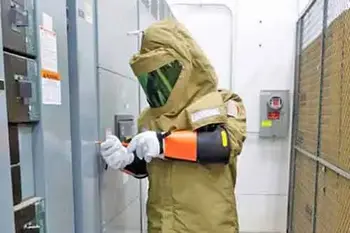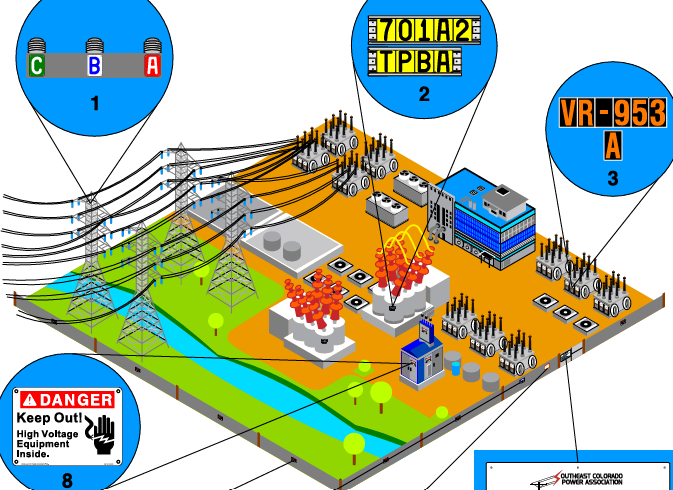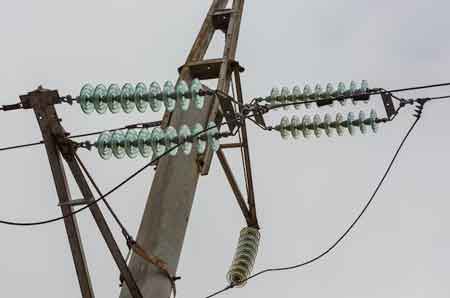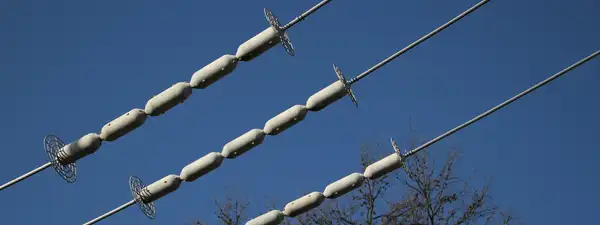What Does Partially Energized Mean? Electrical Safety Explained
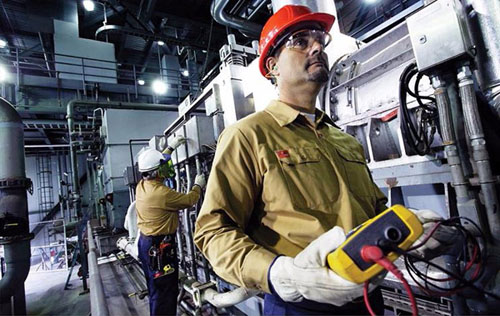
Arc Flash Training CSA Z462 - Electrical Safety Essentials
Our customized live online or in‑person group training can be delivered to your staff at your location.

- Live Online
- 6 hours Instructor-led
- Group Training Available
Download Our OSHA 3873 Fact Sheet – Minimum Approach Distance and Training Requirements

- Calculate MAD using voltage and overvoltage values
- Ensure proper communication between host and contract employers
- Meet OSHA training requirements for qualified electrical workers
What does partially energized mean? A system retains residual voltage or live circuits after shutdown, posing electrical hazards; partial power may remain without full isolation, requiring lockout tagout, PPE, and testing for de-energized verification.
What Does Partially Energized Mean?
What Does Partially Energized Mean?
A "partially energized" system refers to a scenario in which some parts of an electrical circuit or system continue to receive power while other sections are either turned off or disconnected. This state can occur during maintenance, equipment failure, or a power outage, when only part of the system remains functional. For example, in a home where certain appliances work, but others do not, the system could be considered partially powered. Learn more about how proper Limited Approach Boundary practices can protect workers when dealing with partially energized systems. Technicians should verify, as outlined in what constitutes an electrically safe condition, that all sources are controlled before proceeding to work.
Request a Free Training Quotation
In industrial settings, this condition is common during planned shutdowns or when specific circuits are isolated for maintenance while keeping other parts of the facility operational. Although this allows certain sections to continue functioning, it also creates potential hazards, as workers might not realize which parts of the system remain live.Understanding the importance of Electrical Safety Tips is critical when working around circuits that may still be live and proper Arc Flash PPE Clothing can help safeguard workers facing the hidden dangers of partial energization.
Why is It Important to Understand Partially Energized Systems?
Understanding the concept of a system that is partially energized is critical for maintaining safety. Electrical equipment can be unpredictable, and assuming a system is entirely de-energized when it is only partially so can lead to dangerous situations. Working on equipment without recognizing that parts of it are still live increases the risk of electric shock or arc flash. Industry guidance in NFPA 70E emphasizes de-energizing equipment whenever feasible to reduce exposure.
Sign Up for Electricity Forum’s Arc Flash Newsletter
Stay informed with our FREE Arc Flash Newsletter — get the latest news, breakthrough technologies, and expert insights, delivered straight to your inbox.
In residential situations, a partially powered system can arise during a power outage. In these cases, some parts of the house may still receive electricity, such as lights or essential appliances, while others remain without power. This is often due to issues with the distribution of electricity within the circuit, and may indicate an underlying electrical problem.
Homeowners should follow procedures to protect against electrocution during outage troubleshooting at panels and outlets.
How Do Systems Become Partially Energized?
There are several ways an electrical system can enter this condition. It can happen intentionally during maintenance or troubleshooting, where certain circuits are powered down for safety reasons while others remain live. This controlled situation is often necessary in industrial environments to minimize downtime during repairs or inspections. Performing an arc flash hazard analysis helps quantify risk when certain feeders remain energized during work.
However, unintended partial energization can occur as a result of equipment failure or faulty wiring. For instance, a power outage could leave parts of a circuit energized due to a malfunction in the electrical distribution system. In this case, only certain loads receive power, while others do not, making the system unpredictable and potentially hazardous. When uncertainty exists, applying general electrical safety principles helps prevent inadvertent contact with live parts.
Risks of Working on Partially Energized Systems
One of the biggest risks of working on systems that are only partially powered is the assumption that all circuits are de-energized. If a worker believes that equipment is fully disconnected from the power source, they may begin working on components that are still live, increasing the risk of electric shock, burns, or even fatalities. Clear postings like warning signs to disconnect power before working within reinforce that assumption checks are mandatory.
Another risk occurs during a power outage. During these events, power may be restored in stages, which could leave some parts of the system energized before others. This uneven restoration of power can make it challenging to predict which areas are live, especially if proper lockout/tagout procedures have not been implemented.
Industrial environments face additional challenges when dealing with equipment that remains partially operational. In some cases, backup generators or redundant systems may leave parts of the facility energized even when the primary power source is offline. Without a clear understanding of which circuits are live, maintenance personnel could unknowingly expose themselves to electrical hazards. Knowing Affected Employee Responsibilities in Lockout/Tagout is essential when partial energy sources are present during maintenance.
How to Safely Handle Partially Energized Systems
Handling electrical systems that remain partially powered requires a thorough understanding of the system's layout and a meticulous approach to safety. Workers should follow lockout/tagout procedures to ensure that all parts of the system are isolated from power before beginning work. This process involves using physical locks and tags to indicate that specific circuits have been de-energized and are safe to work on.
Testing each part of the system to confirm whether it is live is another essential safety step. Even if a circuit appears to be disconnected, voltage testing can confirm that no power remains. In a power outage scenario, it is important to wait for confirmation from the utility company or power provider before assuming that power has been fully restored or de-energized. Selecting appropriate arc flash protection ensures PPE aligns with the possible presence of residual energy.
FREE EF Electrical Training Catalog
Download our FREE Electrical Training Catalog and explore a full range of expert-led electrical training courses.

- Live online and in-person courses available
- Real-time instruction with Q&A from industry experts
- Flexible scheduling for your convenience
Proper documentation and communication are crucial in industrial environments where parts of the system may remain live for operational reasons. By clearly identifying which circuits are powered and ensuring that all workers are aware of the risks, the chance of accidental contact with live electrical components is minimized.
How Does a Power Outage Affect a Partially Energized System?
During a power outage, systems can behave unpredictably, resulting in a situation where certain parts of a circuit remain live while others remain inactive. This can occur due to equipment malfunctions, such as a failed breaker or transformer, or as a result of the phased restoration of power. In some cases, sections of a building or facility may receive power from backup generators while the main power source is still offline.
In residential settings, this may mean that some lights and appliances continue to function, while others do not. This can create confusion and lead to situations where individuals assume that all power is out, while some circuits remain live. It is essential to treat all circuits as potentially energized during a power outage and to refrain from handling electrical equipment until the full status of the system is confirmed.
A partially energized system poses significant risks to both residential and industrial settings. Understanding what it means for a system to be in this condition helps workers and homeowners take the necessary precautions to avoid electrical hazards. Whether caused by a power outage or intentional maintenance, recognizing that parts of the system remain live is essential to maintaining safety. By following proper safety procedures, including lockout/tagout and voltage testing, workers can minimize the dangers associated with this condition and ensure a safe working environment. Discover how correct Lockout Tagout procedures help manage hazards in systems that are only partially de-energized.
Related Articles:





